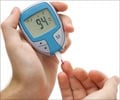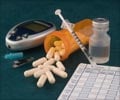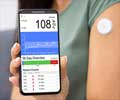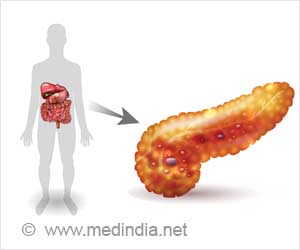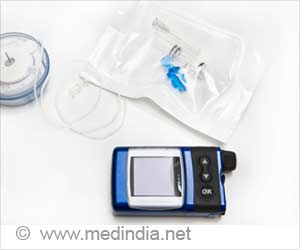A nanotechnology-based sensor could soon tell whether someone has Type I diabetes - just by analyzing their breath.

Even diabetics could use the technology someday in their own homes, to determine whether they need more insulin.
Professor Sotiris E. Pratsinis and colleagues at ETH Zurich in Switzerland explain that everyone has a little bit of acetone in their breath.
But people with Type I diabetes release unusually high levels of the chemical when they exhale.
If they have diabetic ketoacidosis, a dangerous buildup of acetone in the blood, they exhale even-larger amounts of acetone.
The researchers built an extremely sensitive acetone detector by directly depositing from a flame plume a thin film of semiconducting, mixed ceramic nanoparticles between a set of gold electrodes.
Advertisement
If a diabetic were to breathe on the sensor, its resistance would suddenly drop.
Advertisement
The scientists found this new sensor can detect acetone in extremely moist air, an attribute that is critical for any breath test.
It is sensitive enough to detect acetone at 20 parts per billion, a concentration that is 90 times lower than the level at which it can be found in the breath of diabetic patients.
The study has been published in ACS' Analytical Chemistry, a semi-monthly journal.
Source-ANI
SRM


